Drinking alcohol with a meal is not a Taiwanese custom. One of the differences between Japanese and Taiwanese banquets is that the dishes served at the former are chosen because they pair well with alcohol, whereas the purpose of the latter is simply to eat well.
The bowl of steamed rice often served at the end of a Japanese banquet is there to help diners sober up.
Yet some Japanese culinary habits have rubbed off on Taiwanese, and for good reason. Taiwan was a Japanese colony for 50 years, ending with the Japanese surrender to the allies on Sept. 2, 75 years ago almost to the day. Late president Lee Teng-hui (李登輝) was in university at the time.
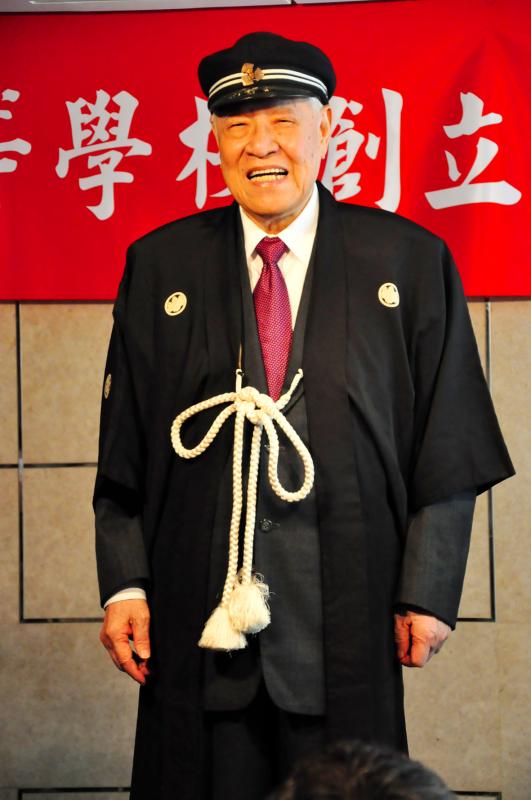
Photo courtesy of National Taiwan Normal University Library
“I was Japanese until I turned 22,” Lee, who passed away on July 30, said in a 1994 interview, echoing a sentiment common among many of his generation.
One thing that stuck with Lee from Japan was how to host a banquet.
‘BANQUET HOUSES’
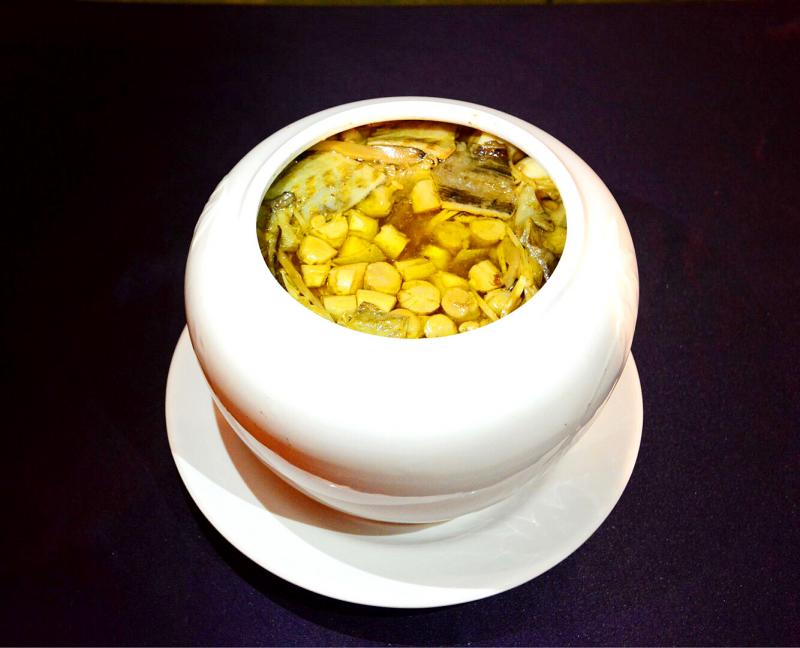
Photo: Katy Hui-wen Hung
During the colonial era, “banquet houses” (fine-dining establishments typically serving Fujianese haute cuisine cooked by masterchefs from China’s Fuzhou and Xiamen) were frequented by the Taiwanese elite and important Japanese. These restaurants sourced only the best and expensive ingredients, especially seafood, among which shark fin was the most highly prized.
A popular Taiwanese cuisine restaurant at the Fifth National Exhibition in Osaka in 1903 offered not only what Taiwanese ate on a daily basis, but also “banquet house” items such as shark-fin dishes and almond tofu dessert.
When Japanese Crown Prince (later Emperor Hirohito) visited Taiwan in 1923, it was reported that he enjoyed almond tea (杏仁茶). One type of almond tea, made with apricot kernels and crushed peanuts and served with a fried dough sticks (油條), is said to have been Lee’s favorite snack. This humble old-time delight appeared in state banquets designed to showcase local foods during the presidency of Chen Shui-bian (陳水扁)
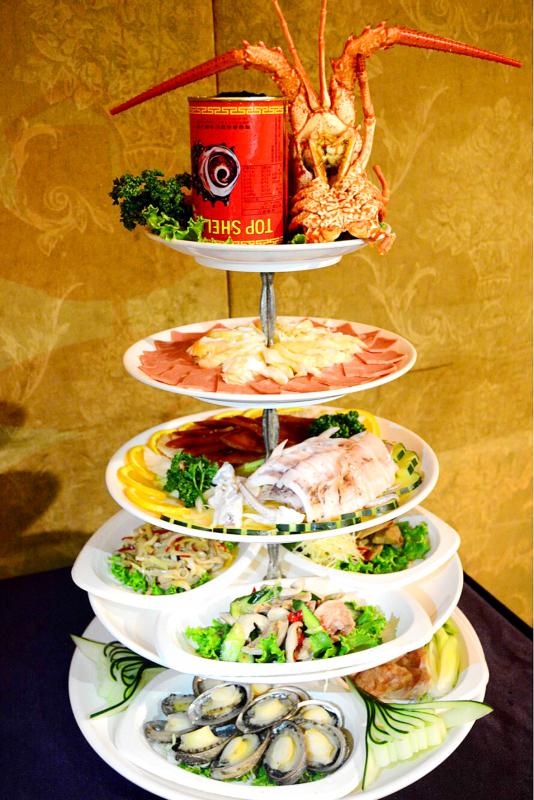
Photo: Katy Hui-wen Hung
‘SPLENDIFEROUS’ BANQUETS
During the Chiang Kai-shek (蔣介石) era, when Taiwan was still a mainly agricultural society, banquet dishes tended to include meat served with vegetables and eaten with rice or noodles; without these carbohydrates, it seems, guests might have felt they didn’t eat enough.
Chiang Ching-kuo (蔣經國), who Lee succeeded in 1988, opted for low-key banquets featuring light food.
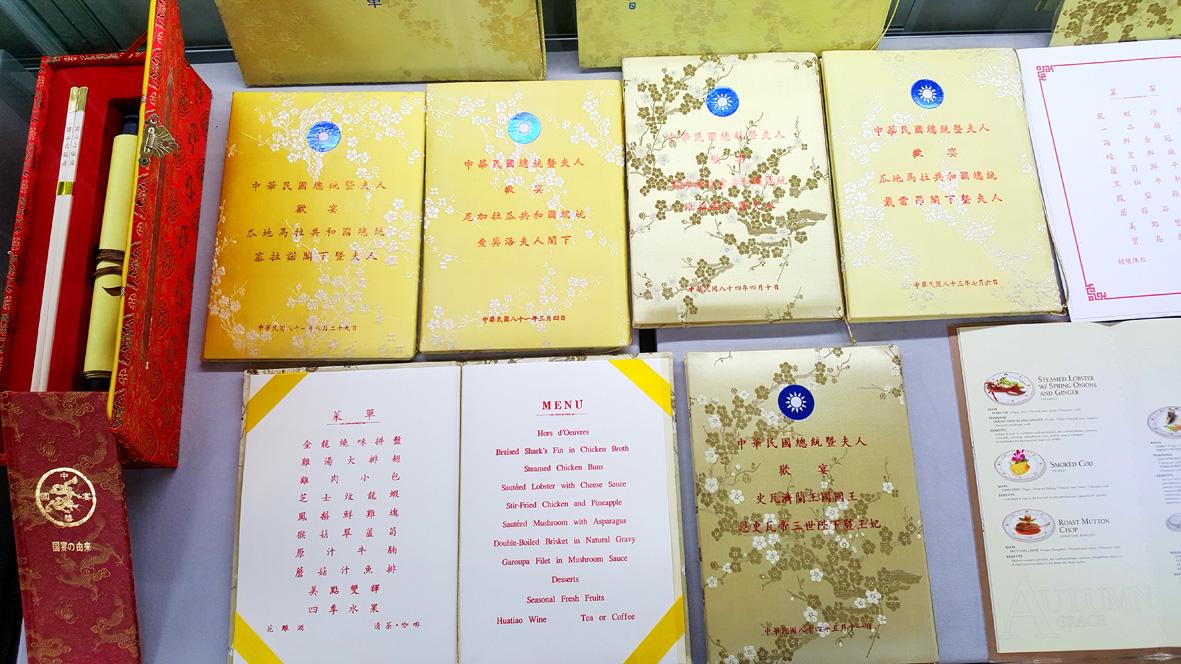
Photo: Katy Hui-wen Hung
Each of Taiwan’s presidents has used the occasion of state banquets to express their political priorities and personal preferences, and Lee was no exception.
When Lee was president, state banquets typically began with expensive seafood, usually lobster and abalone. Whole shark fins weighing half a kilogram were often also served, while the meals ended with fine wines and (it’s hard to believe given the anti-smoking zeal of recent governments) cigars.
Food writers described the state banquets held during the 12 years of Lee’s presidency as pengpai (澎湃, “splendiferous”). They weren’t describing the importance of the occasion so much as the fact that everyone could eat well.
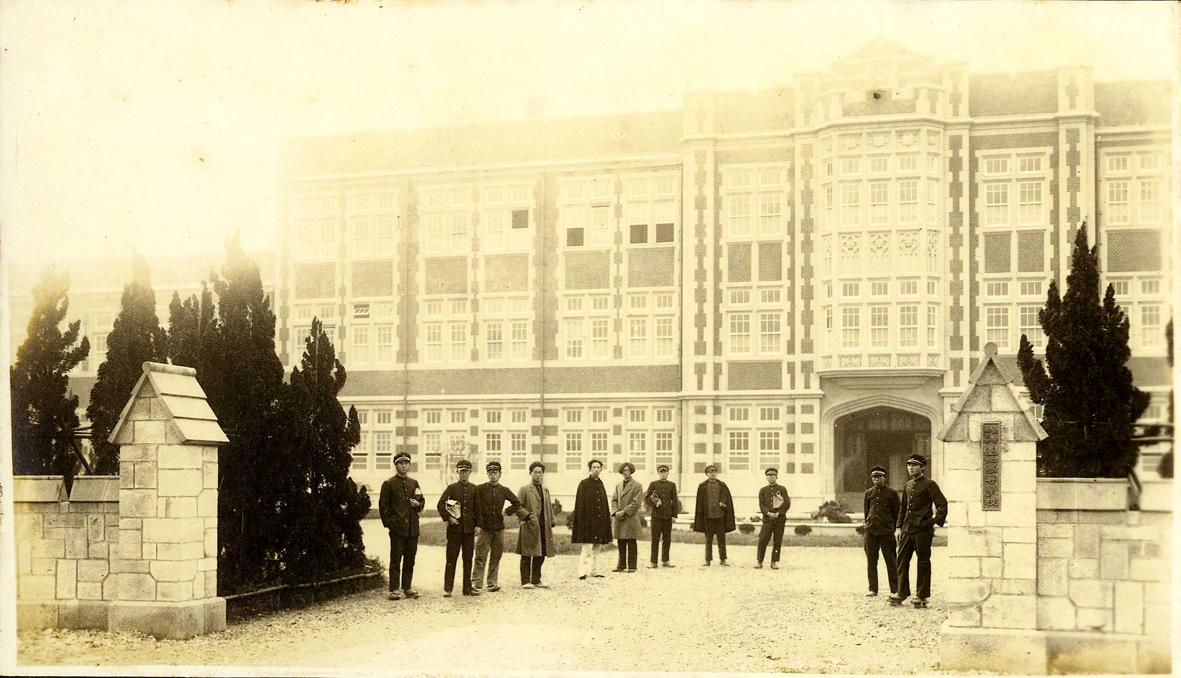
Photo courtesy of National Taiwan Normal University Library
The economic boom of the 1980s gave Lee an opportunity to extend his fine palate for gourmet food to the highest national level.
For the menus at many of his state banquets, he had the satin covers replaced with copperplate paper, and embroidery gave way to ornate gold embossing.
Out went Chiang’s long tables; in came round tables. Female waitstaff were recruited. Served dishes showcased upscale ingredients and sophisticated cooking-method.
In terms of food, Lee’s “splendiferous” banquets showed strong similarities with Taiwanese fine dining in the period of Japanese rule.
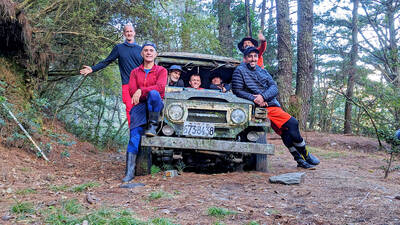
The year was 1991. A Toyota Land Cruiser set out on a 67km journey up the Junda Forest Road (郡大林道) toward an old loggers’ camp, at which point the hikers inside would get out and begin their ascent of Jade Mountain (玉山). Little did they know, they would be the last group of hikers to ever enjoy this shortcut into the mountains. An approaching typhoon soon wiped out the road behind them, trapping the vehicle on the mountain and forever changing the approach to Jade Mountain. THE CONTEMPORARY ROUTE Nowadays, the approach to Jade Mountain from the north side takes an

Last week Joseph Nye, the well-known China scholar, wrote on the Australian Strategic Policy Institute’s website about how war over Taiwan might be averted. He noted that years ago he was on a team that met with then-president Chen Shui-bian (陳水扁), “whose previous ‘unofficial’ visit to the US had caused a crisis in which China fired missiles into the sea and the US deployed carriers off the coast of Taiwan.” Yes, that’s right, mighty Chen caused that crisis all by himself. Neither the US nor the People’s Republic of China (PRC) exercised any agency. Nye then nostalgically invoked the comical specter
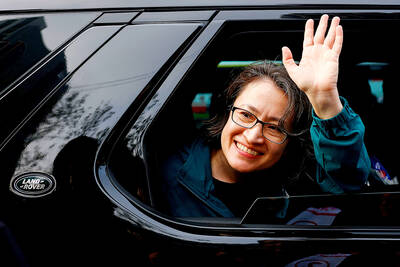
Relations between Taiwan and the Czech Republic have flourished in recent years. However, not everyone is pleased about the growing friendship between the two countries. Last month, an incident involving a Chinese diplomat tailing the car of vice president-elect Hsiao Bi-khim (蕭美琴) in Prague, drew public attention to the People’s Republic of China’s (PRC) operations to undermine Taiwan overseas. The trip was not Hsiao’s first visit to the Central European country. It was meant to be low-key, a chance to meet with local academics and politicians, until her police escort noticed a car was tailing her through the Czech capital. The
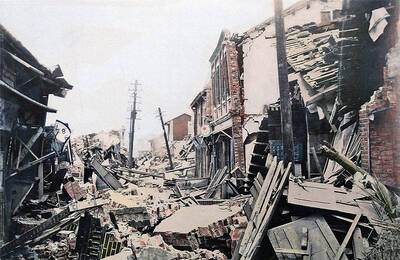
April 15 to April 21 Yang Kui (楊逵) was horrified as he drove past trucks, oxcarts and trolleys loaded with coffins on his way to Tuntzechiao (屯子腳), which he heard had been completely destroyed. The friend he came to check on was safe, but most residents were suffering in the town hit the hardest by the 7.1-magnitude Hsinchu-Taichung Earthquake on April 21, 1935. It remains the deadliest in Taiwan’s recorded history, claiming around 3,300 lives and injuring nearly 12,000. The disaster completely flattened roughly 18,000 houses and damaged countless more. The social activist and